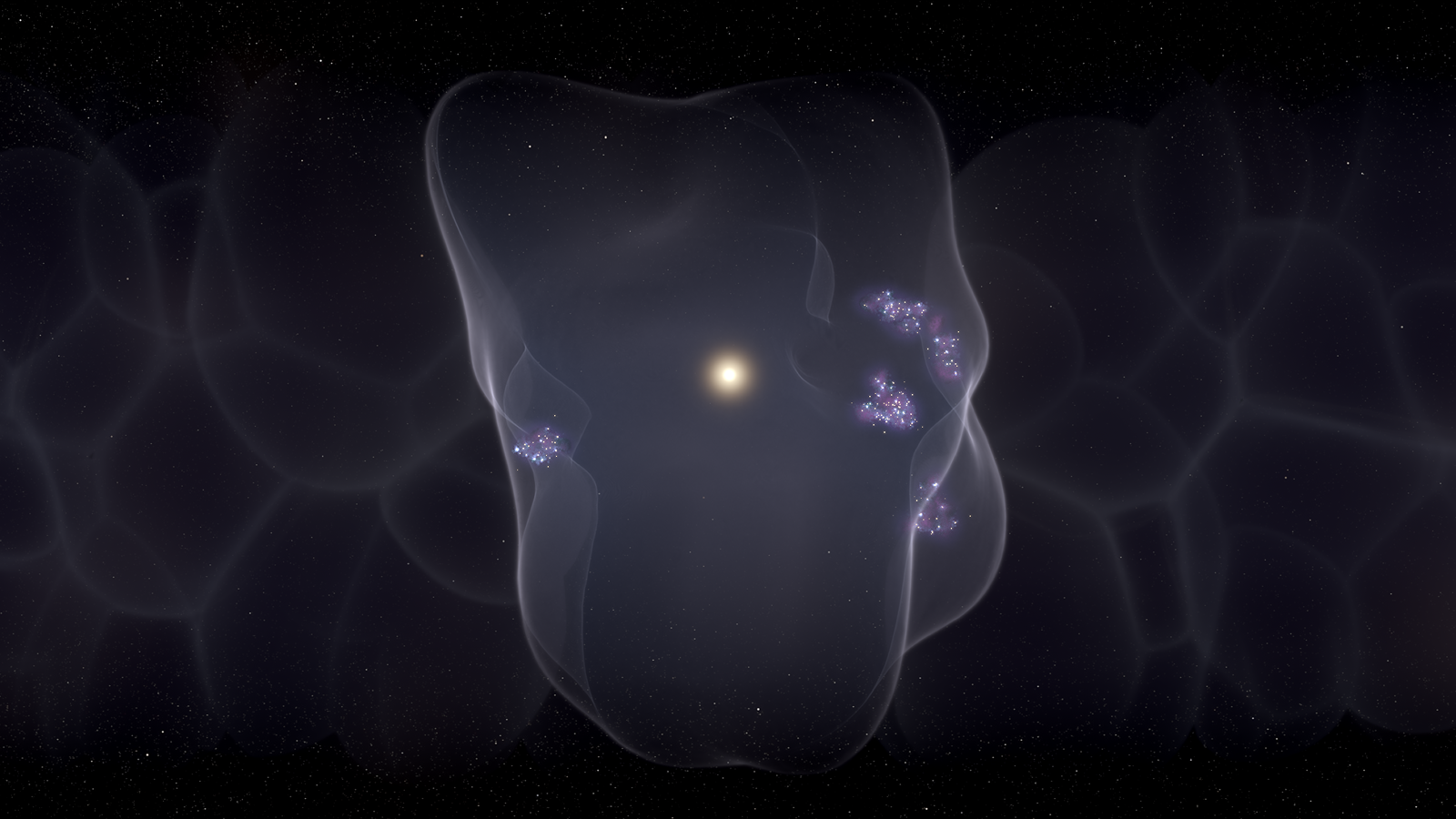
Astronomers may have solved the mystery of Betelgeuse's bizarre brightness drop.
In the fall of 2019, Betelgeuse — one of the brightest and best-known stars in the sky — began dimming dramatically. By February 2020, it had lost about two-thirds of its normal luminosity.
Betelgeuse, which forms the shoulder of the constellation Orion (The Hunter), is a bloated red supergiant, a massive star that will die in a violent supernova explosion in the relatively near future. So some astronomers speculated that this "Great Dimming" might be the beginning of Betelgeuse's death throes, and that the star could soon go boom.
Related: The brightest stars in the sky: A starry countdown
"Our results confirm that the Great Dimming is not an indication of Betelgeuse’s imminent explosion as a supernova," Montargès and his colleagues wrote in the new study, which was published online today (June 16) in the journal Nature.
However, "some red supergiants may show little or no sign of their impending core collapse, years to weeks before it happens," they added. "Therefore, although the current mass-loss behavior of Betelgeuse does not appear to forebode its demise, it remains possible that it may explode without warning."
The new research could have applications beyond merely understanding Betelgeuse, which lies about 720 light-years from Earth (though calculations of its distance vary a bit), astronomer Emily Levesque wrote in an accompanying "News and Views" piece in the same issue of Nature.
Get the world’s most fascinating discoveries delivered straight to your inbox.
"This exquisitely detailed study of Betelgeuse’s unexpected behavior lays the groundwork for unravelling the properties of an entire population of stars," wrote Levesque, who's based at the University of Washington. "Next-generation facilities focused on monitoring stellar brightness over time, or on studying the signatures of dust in the infrared spectra of stars, could prove invaluable for expanding the lessons learnt here."
Mike Wall is the author of "Out There" (Grand Central Publishing, 2018; illustrated by Karl Tate), a book about the search for alien life. Follow him on Twitter @michaeldwall. Follow us on Twitter @Spacedotcom or Facebook.




